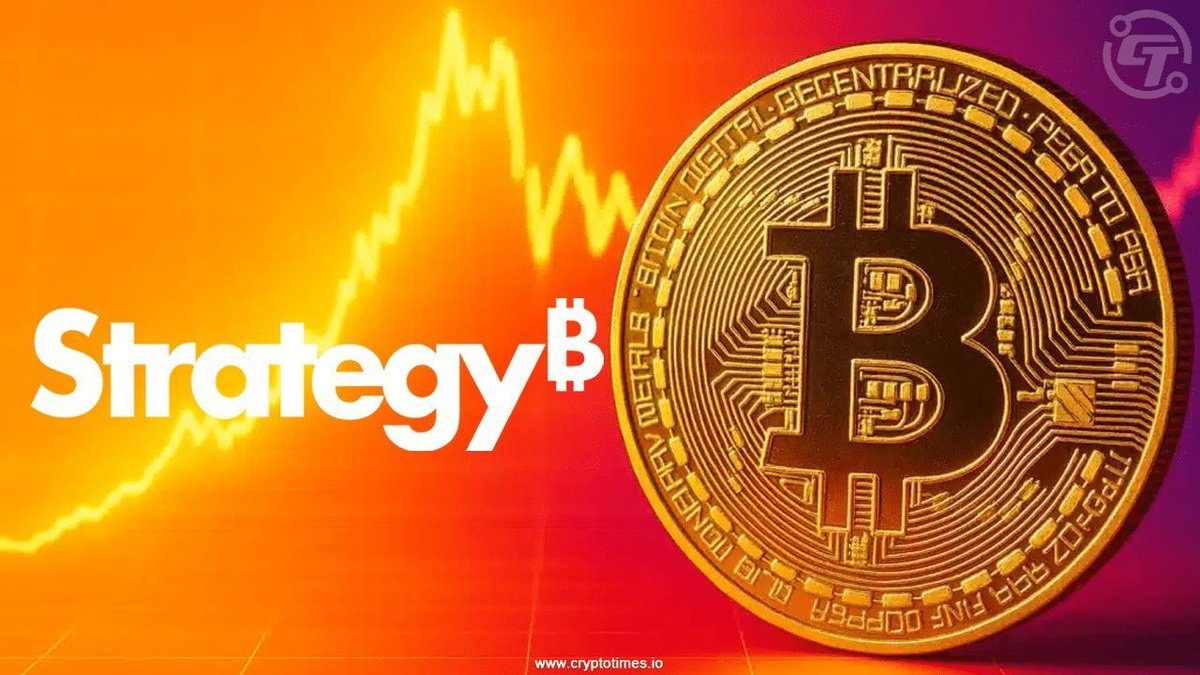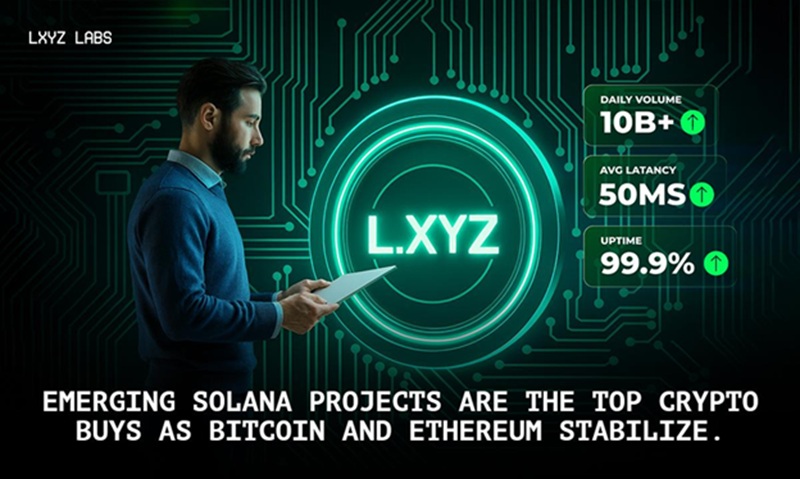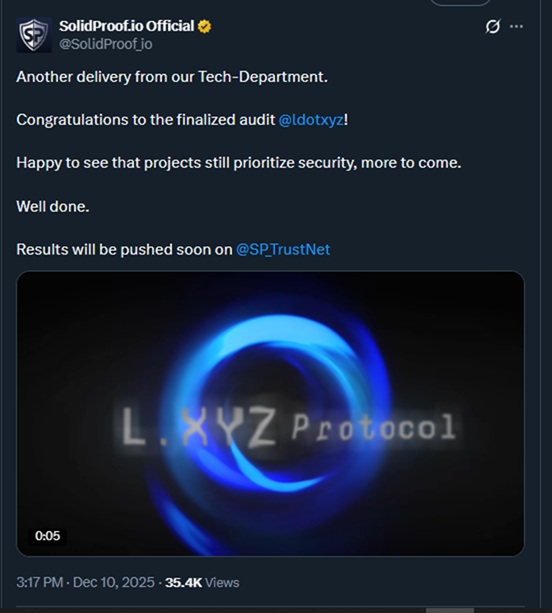American Business intelligence company MicroStrategy after a brief slowdown in Bitcoin purchases amid market volatility, has recently scooped up 10,624 BTC for approximately $963 million, marking one of its largest weekly buys in months.
Announcing the recent purchase, the company’s CEO Michael Saylor wrote on X,
“Back to More Orange Dots”.
His post celebrates MicroStrategy’s recent purchase of Bitcoin for $963 million between December 1-7, 2025, at an average price of $90,615, adding a new “orange dot” to the company’s accumulation chart.
The chart shows MicroStrategy’s total holdings at 660,624 BTC, valued at $58.97 billion with an average cost basis of $74,696, yielding a 19.5% unrealized gain amid Bitcoin’s price near $89,000.
This acquisition underscores Saylor’s ongoing strategy of using debt and equity raises to hoard Bitcoin as a corporate treasury asset, positioning MicroStrategy as the largest public corporate holder with over 3% of Bitcoin’s total supply.
With Bitcoin trading around $88,000–$90,000, this move not only adds a fresh “orange dot” to Strategy’s iconic accumulation chart but also underscores Saylor’s conviction that digital assets remain the ultimate treasury reserve in an era of economic uncertainty.
As the world’s largest corporate Bitcoin holder, Strategy continues to lead the charge in institutional adoption, turning dips into opportunities and setting the stage for what many see as the next leg up in the crypto bull cycle. Led by Saylor’s unwavering conviction in Bitcoin as a superior treasury asset, the company remains committed to “hodling” and expanding its stack despite market volatility.
Some market watchers have suggested that Strategy’s pioneering business model of buying-and-holding bitcoin, which has spawned dozens of copycats, more closely resembles that of an investment fund. Saylor has defiantly announced continued Bitcoin accumulation by Strategy in response to a Reuters article labeling the company a “hoarder,” while noting its retention in the Nasdaq-100 index amid annual reshuffles.
Since pivoting to Bitcoin in 2020, MicroStrategy has amassed 650,000 BTC by December 2025 at an average cost of $66,385 per coin, funding purchases through $1.44 billion in reserves and recent $963 million buys, resembling a leveraged investment vehicle.
Earlier this month, Startegy announced the establishment of a US dollar reserve of $1.44 billion and updates to its assumptions underlying its previously issued forward guidance and bitcoin key performance indicator targets for the fiscal year ending December 31, 2025, which were published on October 30, 2025.
The USD Reserve was funded using proceeds from the sale of shares of class A common stock under the Strategy’s at-the-market offering program. Strategy’s current intention is to maintain a USD Reserve in an amount sufficient to fund at least twelve months of its Dividends, and Strategy intends to strengthen the USD Reserve over time, with the goal of ultimately covering 24 months or more of its Dividends. The maintenance of this USD Reserve, as well as its amount, terms, and conditions, remains subject to Strategy’s sole and absolute discretion and Strategy may adjust the USD Reserve from time to time based on market conditions, liquidity needs, and other factors.
“Establishing a USD Reserve to complement our BTC Reserve marks the next step in our evolution, and we believe it will better position us to navigate short-term market volatility while delivering on our vision of being the world’s leading issuer of Digital Credit,” said Michael Saylor, Founder and Executive Chairman. On the 5th of December 2025, the company announced that it had stacked 203,600 BTC.
Looking ahead, Strategy’s renewed buying spree signals that Michael Saylor’s Bitcoin-centric playbook remains firmly intact despite heightened scrutiny and market swings.
By pairing an aggressive BTC accumulation strategy with the creation of a sizeable USD Reserve, the company appears to be balancing long-term conviction with short-term liquidity management. This dual-reserve approach could help Strategy weather periods of volatility while preserving its ability to continue stacking Bitcoin during market dips.







